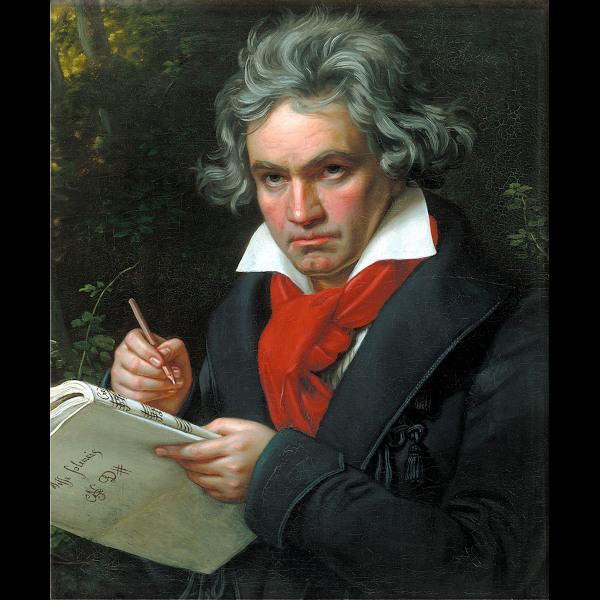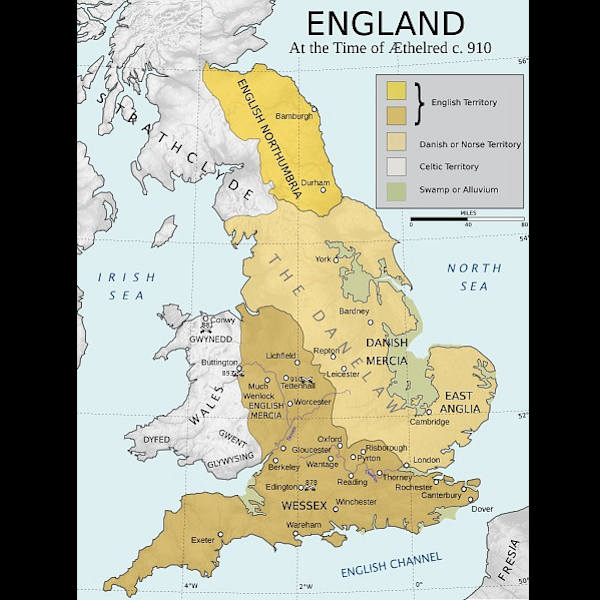Compare your DNA to 168 Ancient Civilizations
FIND THE HISTORY OF YOU
So, you've got your DNA results? To discover who you really are, you need to know where you come from. We can take your DNA results one step further through the use of advanced archaeogenetics
How It Works
Uncovering your ancient ancestry is simple with our three-step process.

Take a DNA Test
Get tested with one of the major DNA testing companies (e.g. AncestryDNA, MyHeritage, FamilyTreeDNA, DanteLabs etc.).

Download Your Raw Data
Download your raw DNA data file from your testing provider's website. We support all major formats.

Upload & Explore
Upload your DNA file to our secure platform and receive your detailed ancestry analysis within minutes.
DIG DEEP
Into Your Ancient History
Your DNA, fully visualized
Explore your roots with exclusive dynamic graphs, interactive maps, and ancestral timelines designed to bring your ancient past to life.

Why Choose MyTrueAncestry
Discover what sets our ancient DNA analysis apart from traditional ancestry services.

100% Anonymous Insights
All retained data is fully anonymized, ensuring your privacy is completely protected.

Powered by Real Ancient DNA
The only service powered by real ancient DNA samples from all over the world and advanced archaeogenetics technologies.

Try For Free
Our basic analysis is 100% free for you to try with no payment method required.
BROWSE OUR DNA SPOTLIGHTS
Ludwig van Beethoven

In December 1770 Ludwig van Beethoven was born in Bonn at Bonngasse 20 and
baptized with the name of his famous grandfather - a successful musician from
Flemish Belgium - and he was given this name in hopes to surpass his famous
ancestor. Recognizing he had a prodigy his hands, Ludwigs father Johan van
Beethoven tried to present his talented son at his first show at the age of 7.
His father pushed him hard and would wake him in the middle of the night to
practice his music. By the age of 16 Beethoven was employed as court organist in
Bonn by the brother of Emperor Josef of Vienna. The same year he visited Vienna,
met Mozart and returned home shortly before his mother died. His father become
an alcoholic and forced to retire from his job in service of the Court. Ludwig
was forced into adulthood, making real money and had to take care of his two
younger brothers. In 1792 at the age of 21 Beethoven arrives in Vienna - the
cultural capital - a city overflowing with music in hopes to expand his future.
Wolfgang Amadeus Mozart had died just the year before and the great composer
Haydn was ageing - destiny had prepared a place for Beethoven. Music is
everywhere - and in less than a year he creates a big name for himself.
Beethoven catches the attention of the famous composer Haydn who is amazed at
the young talent who arrived from Bonn and begins studying with him.
One of the most important things for Beethoven was making contact with the
aristocrats - who hosted concerts in their palaces on a weekly basis. They would
meet regularly and host the best musicians of the town. He would seek sponsors
who would let him make music the way he wanted rather than what was expected of
him. Aristocratic patrons such as Joseph Franz von Lobkowitz around the same age
as Beethoven would seek fun in their palaces and inviting a wild child like
Beethoven made life exciting. These patrons were critical for Beethovens
finances. However by his mid 20s Beethoven noticed his hearing was disappearing.
He had to site closer and closer to the stage to hear the notes and music. This
began with the high frequency notes such as piccolos, flutes and top of the
violin while maintaining the lower frequencies. This would distort what he was
hearing. He became isolated from conversations and began avoiding people. Losing
hearing, the one important element of his senses was the cruelest form of
torture. This is when he wrote his famous Moonlight Sonata as the music
reflected his own mortality. The ideas came faster to him than he could digest
them - he changed the course of music. He stood between 2 generations - one foot
firmly ground in Mozart / enlightenment and Goethe. His other part was a member
of romanticism - he transformed music from enlightenment into romanticism.
Read more here
Thuringian Princess of Hassleben

An ancient cemetery was discovered in Hassleben Thuringia which remained
the richest ancient grave found in Germany for almost a hundred years. Not only
was the oldest written Germanic word ever discovered etched onto a comb, but
hundreds of Roman coins, ceramic fragments and Roman-style brooches were also
discovered. This is no accident as much of our knowledge regarding Thuringia and
broader Germania comes from the Roman historian Tacitus. The Elbe Germanic
tribes who moved into this region were allies of the Romans who were trading
partners, a buffer to the neighbouring Chatti - sworn enemies of Rome, as well
as specialised in metalworking of iron and precious metals.
Here you can see the richly outfitted grave of the Princess of Hassleben
which demonstrates the influential noble class who had a very close relationship
with the Romans. She was a young woman buried with a choker, golden fibulae, a
ring, a collier of roman glass beads, roman coins, pottery plates and vessels.
In her mouth was a Roman gold coin - known as Charons obol - which would provide
payment to Charon the ferryman to allow her soul to reach the world of the dead.
Next to her remains lay the skeleton of a small dog - possibly her personal pet.
Read more here
Danish Viking Clan

Beginning in the 8th century, the Danes began a long era of well-organized
raids across the coasts and rivers of Europe. Large areas outside Scandinavia
were settled by the Danes including what became know as the Danelaw in England,
the Netherlands, northern France and Ireland. Two Viking warriors from the same
clan separated for more than 1000 years and have finally been reunited at the
Danish National Museum in Copenhagen.
Danelaw was established as an area ruled by Vikings and extended across
much of England. A group of fairly young Viking warriors was found here buried
in a mass grave near the church where they had been killed by orders from King
Aethelred II, King of the English. The warrior hilighted here was in his 20s and
died from injuries to his head. He had sustained 8 to 10 hits to the head and
several stab wounds to the spine.
Read more here

Join Our Community
Our Community blog is your hub for the latest discoveries in ancient DNA, archaeology, and lost civilizations.
Stay curious, stay connected.
Stay curious, stay connected.

Contact Us:
EMAIL
INFO@MYTRUEANCESTRY.COM
MAILING ADDRESS
MyTrueAncestry AG
Seestrasse 112
8806 Bäch
Switzerland



